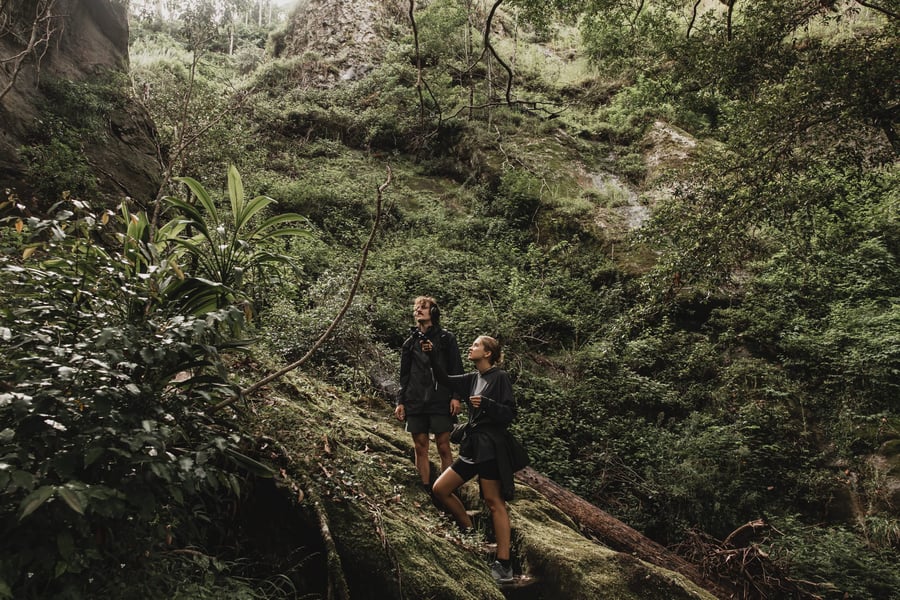Welcome to “Out There”, a collaborative series with Kathmandu. Across four articles, Rolling Stone explores the unique intersection between creativity and the great outdoors.
We acknowledge and pay respects to the Yugambeh people of the Gold Coast and all their descendants both past and present. We also acknowledge the many Aboriginal people from other regions as well as Torres Strait and South Sea Islander people who now live in the surrounding area and have made an important contribution to the community.
The river plays a symphony. You just need to listen for it.
As we head into the humid hinterland of Binna Burra within Queensland’s Scenic Rim region, electronic artist Squidgenini and Pocketmoth co-founder Zachary Degnan point their portable field recorder towards the cautious stream of a waterfall.
Their headphones come alive as the sound is magnified. As if putting a waveform under a microscope, their auditory field becomes swathed with running water and the percolating chirps and squawks of native birdlife. The pair have ventured out into one of the Gold Coast’s most idyllic hiking destinations to capture the hidden soundtrack of the forest.
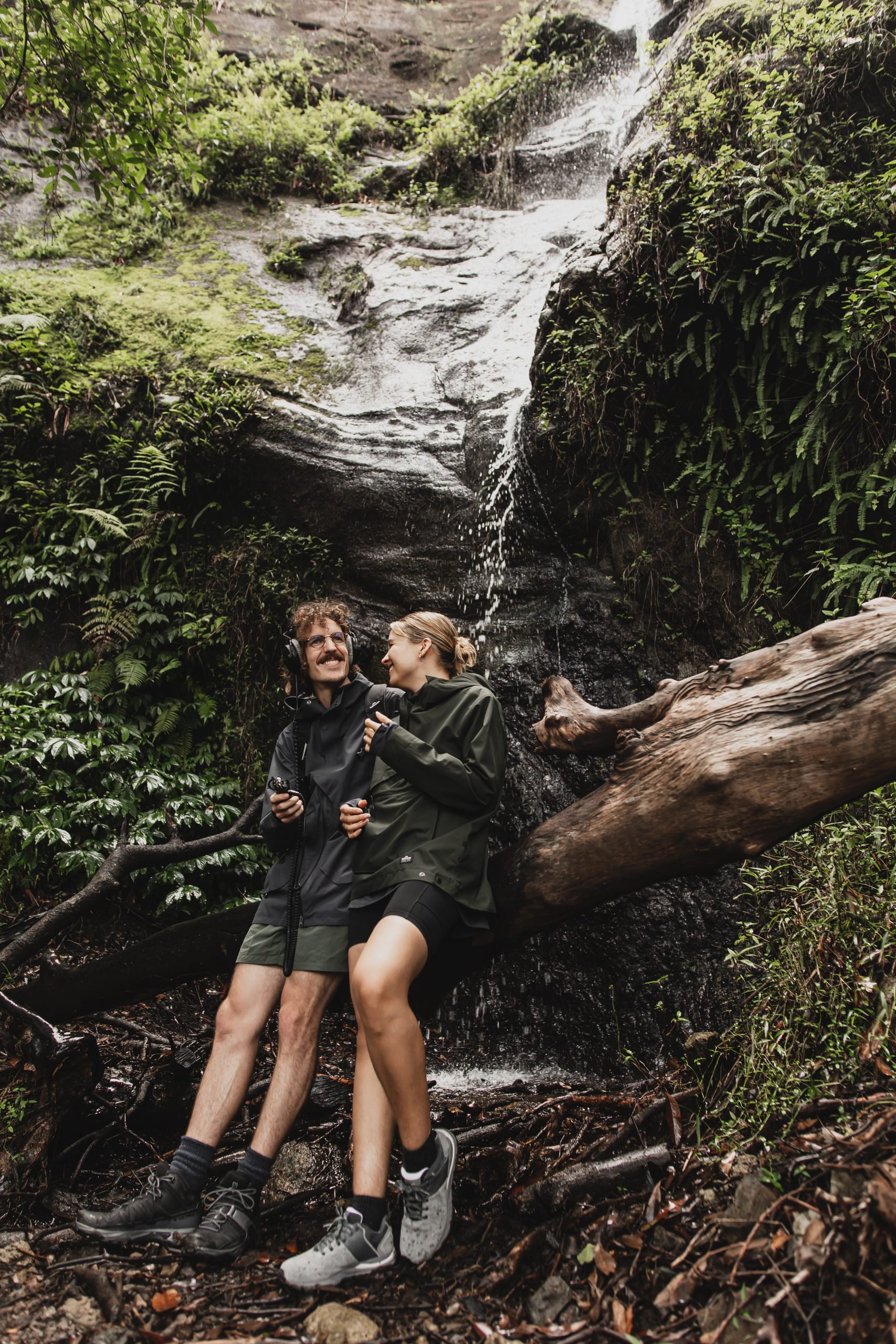
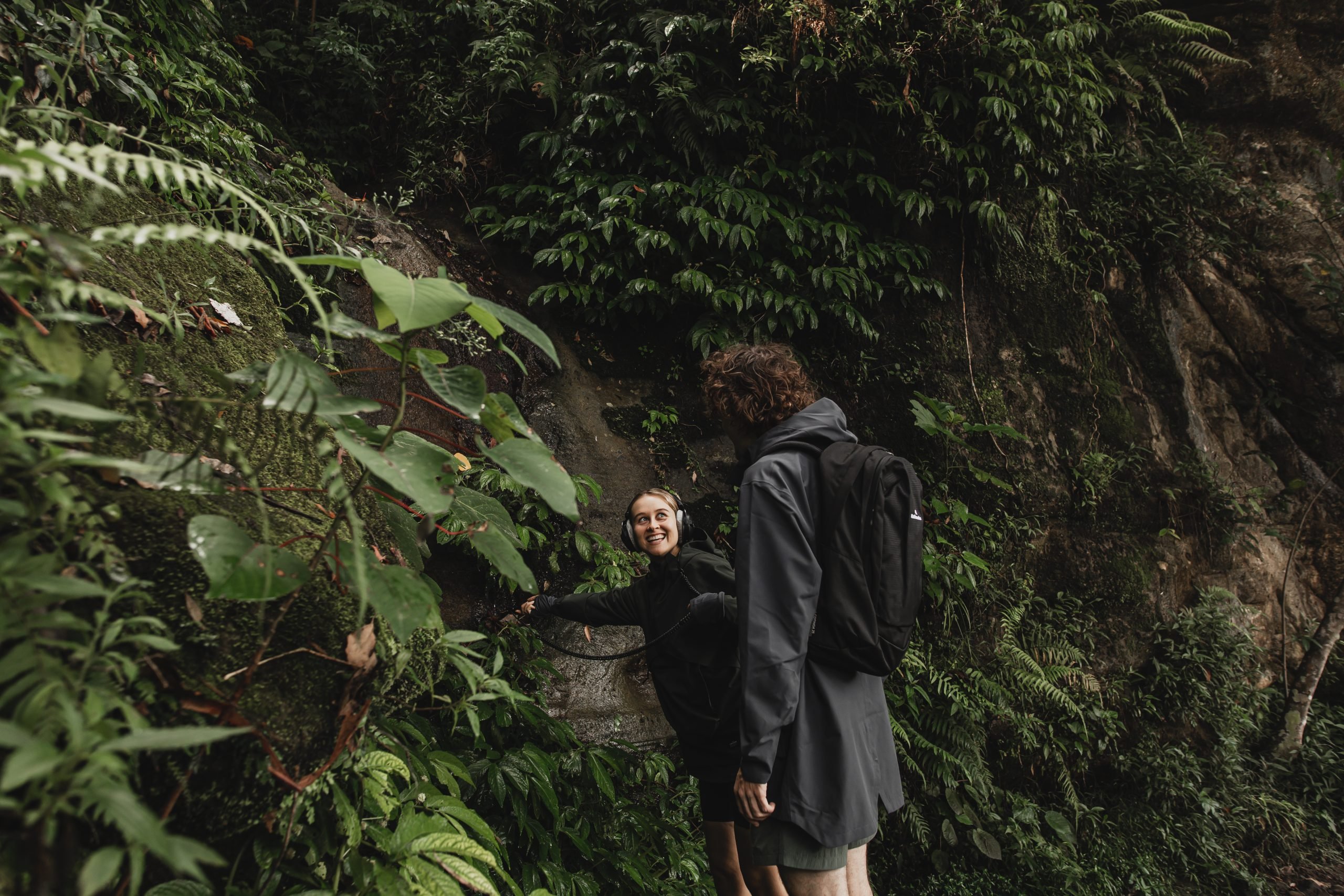
Love Music?
Get your daily dose of everything happening in Australian/New Zealand music and globally.
Essentially, field recording is the art form of capturing a destination’s distinct sonic fingerprint. Think of it as an auditory photograph. The use of field recordings in avant-garde, musique concrète, and experimental music is well documented. But in today’s digital world, field recording is particularly championed by ambient and electronic acts.
Perhaps as a contrast to the digital immediacy of modern recording equipment, field recording can add brushstrokes of organic texture and natural unpredictability. Even when experienced on a subliminal level, this can have a dramatic impact on how music is not simply heard by the listener: but felt.
To understand this process more fully, Rolling Stone Australia ventured into the field with two of Meanjin’s most admired creatives to discuss the magic of capturing sound, drawing inspiration from nature, and why listening to our surroundings can pay off in more ways than one.
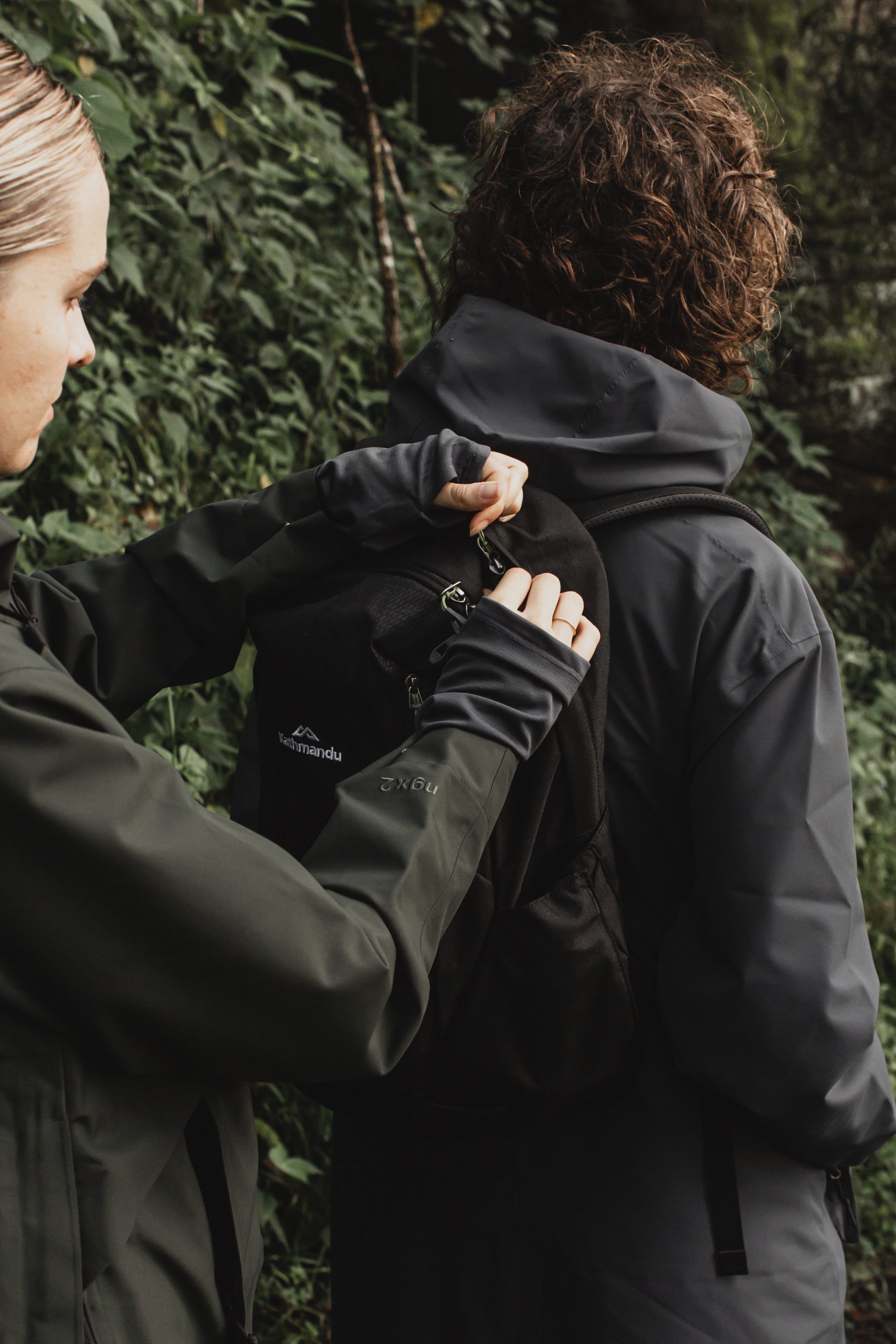
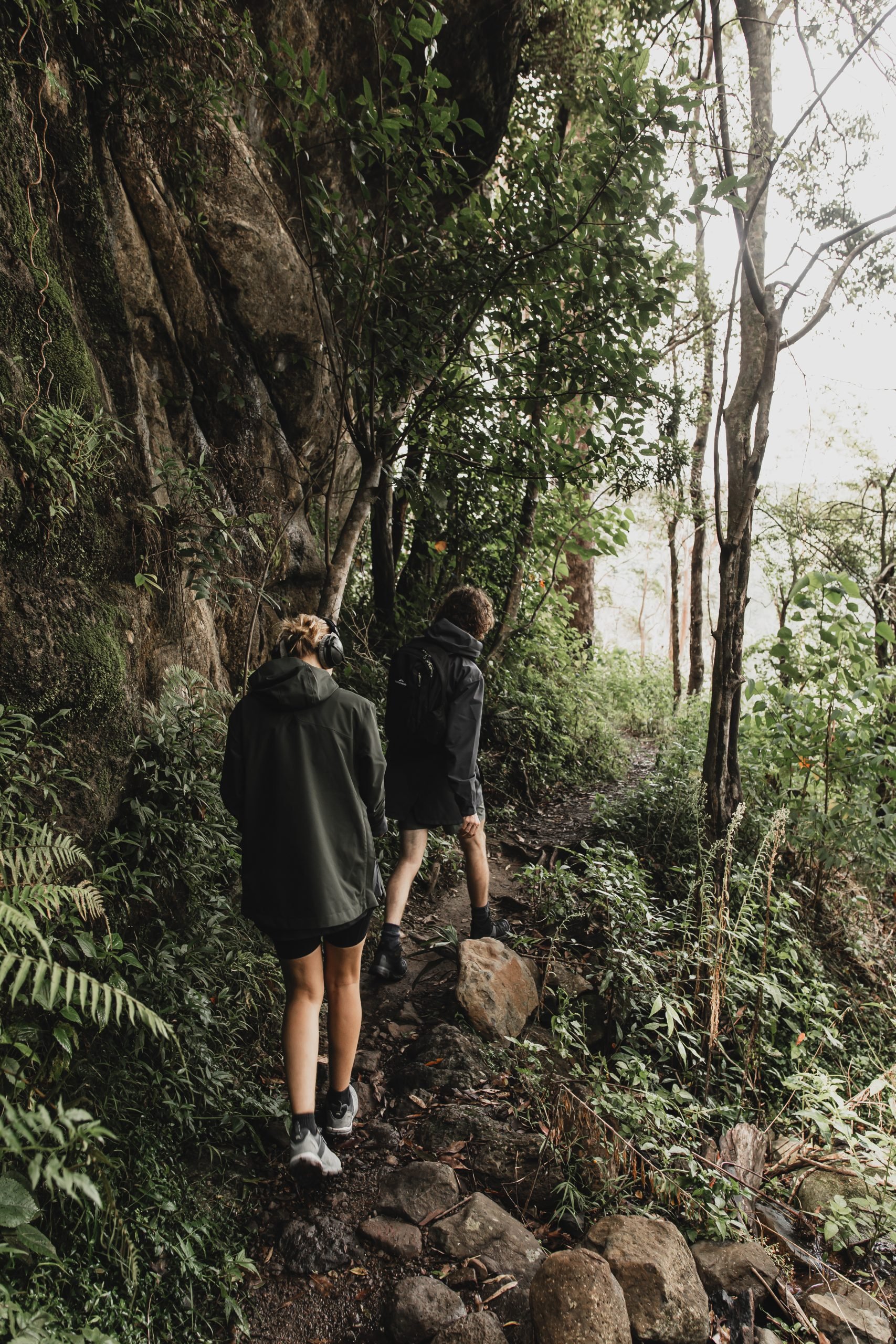
“I’ve always recorded bird sounds wherever I go,” says Bella Carroll, who performs under the Squidgenini mononym. “Most of my tracks will have bird sounds or ambient noise. When it’s put into a song, you may not notice that it’s there. But it adds a textural element that brings the outside world in. It’s really good energy to put into music.
“The beginning of making a beat can be the most clinical sounding time,” continues Squid. “Maybe the chords are clunky, or the synth sound isn’t quite right. The best thing I’ve found to do [for inspiration] is to get some Space Echo vocals going and layer birdsong. Particularly if you lay down a long loop, it becomes so much easier to create something interesting.”
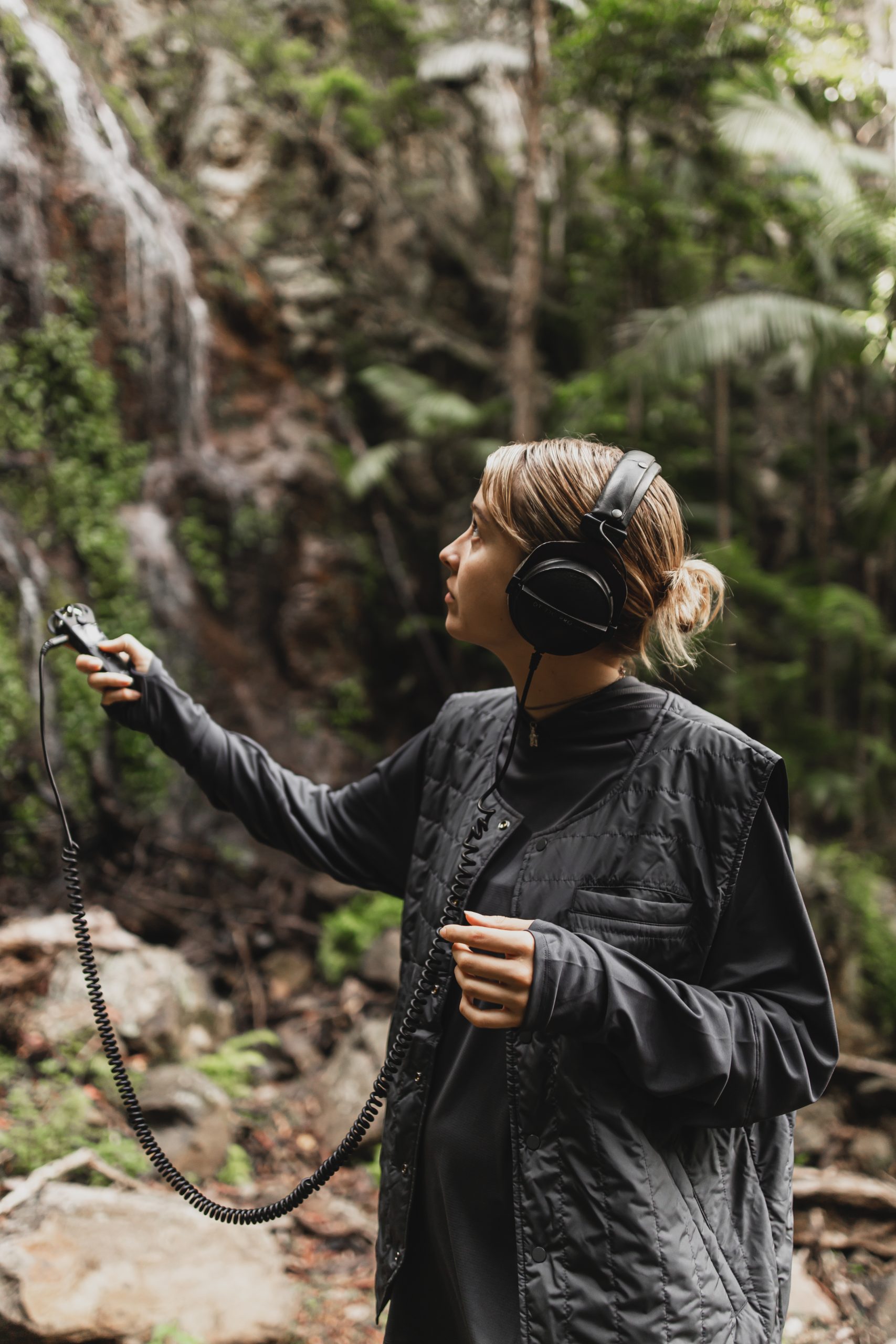
“Sometimes I’ll start a track by just having an atmosphere,” agrees Degnan. As well as co-founding an independent record label, Degnan is an accomplished producer and DJ in his own right through his Quincy Raw project. “First, you create a space and a mood. Then it becomes about what you can hear on top of that. Conceptualise a feeling or a place, then build everything around that.”
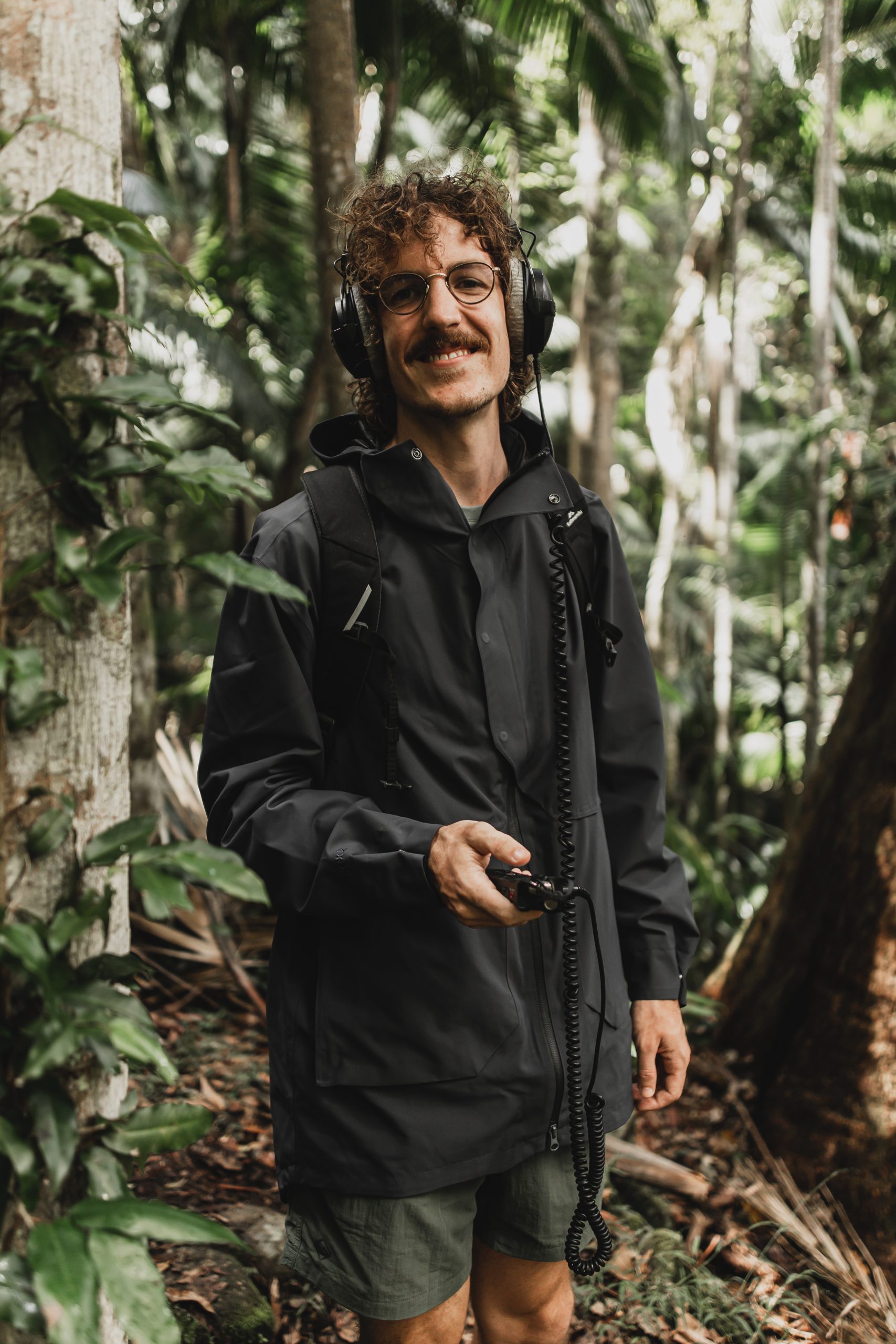
Music has the unique ability to form distinct sound worlds, then take the listener on a journey to a destination of the artist’s own design. Whether literal or abstract representations of place, field recordings can immerse like nothing else. “It’s basically time travel,” says Carroll.
“That’s why [field recording] has impact when you put it into a song, because it’s so real,” continues Degnan. “If you know where it came from, it can transport you to that place. Even if you don’t know where it came from, it creates this imaginary place for the listener. Space-time travel.”
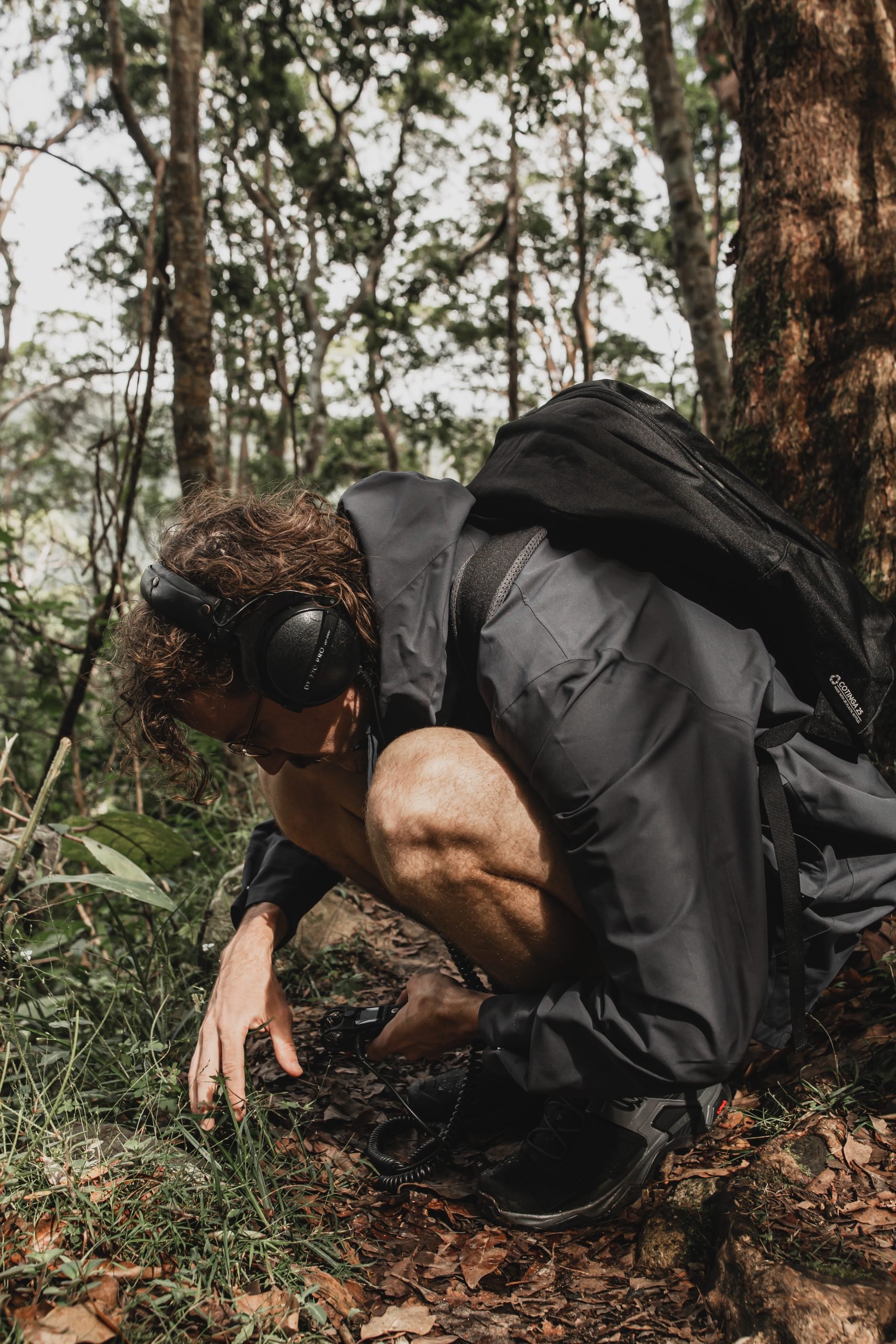
To venture into nature and capture its sounds elicits particular mindfulness. Upon tuning in to the layers of sound, one realises how vibrant the auditory field can be. To tune in at the deepest level begets a similar epiphany. The music of nature is not a cacophony — it is a conversation. A conversation that we as humans take part in, too. Consequently, listening with intent becomes a powerful tool.
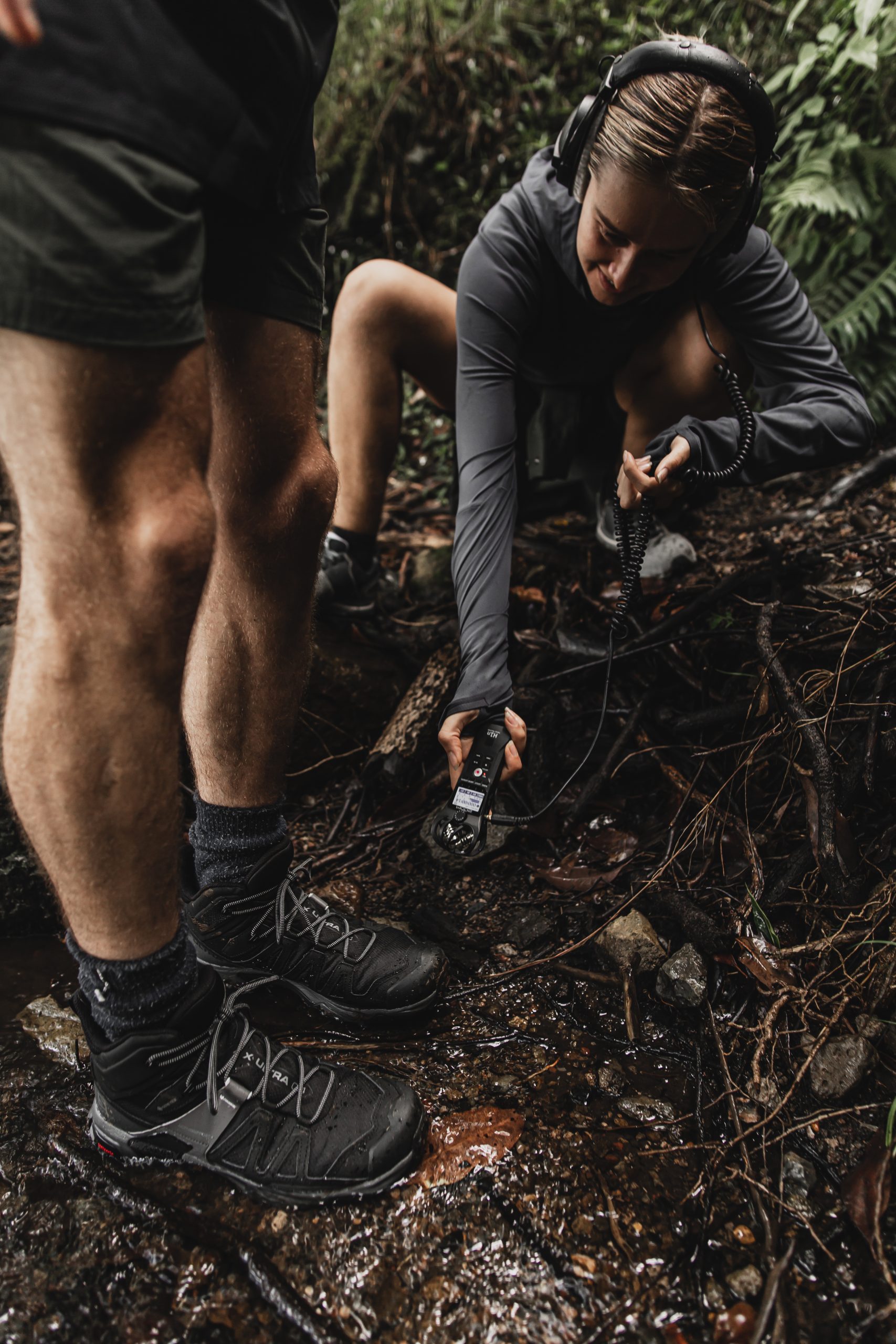
“Listening is probably the most important thing about making music,” says Degnan. “If I’ve had a chaotic day and I’m trying to make music, everything can feel too much. So I’ll turn everything down, or turn everything off; go quiet and focus intently. Doing it in nature is the best example of that because sounds are so subtle in nature. You could hear an insect if you focus on it. Otherwise, it might go completely unnoticed.
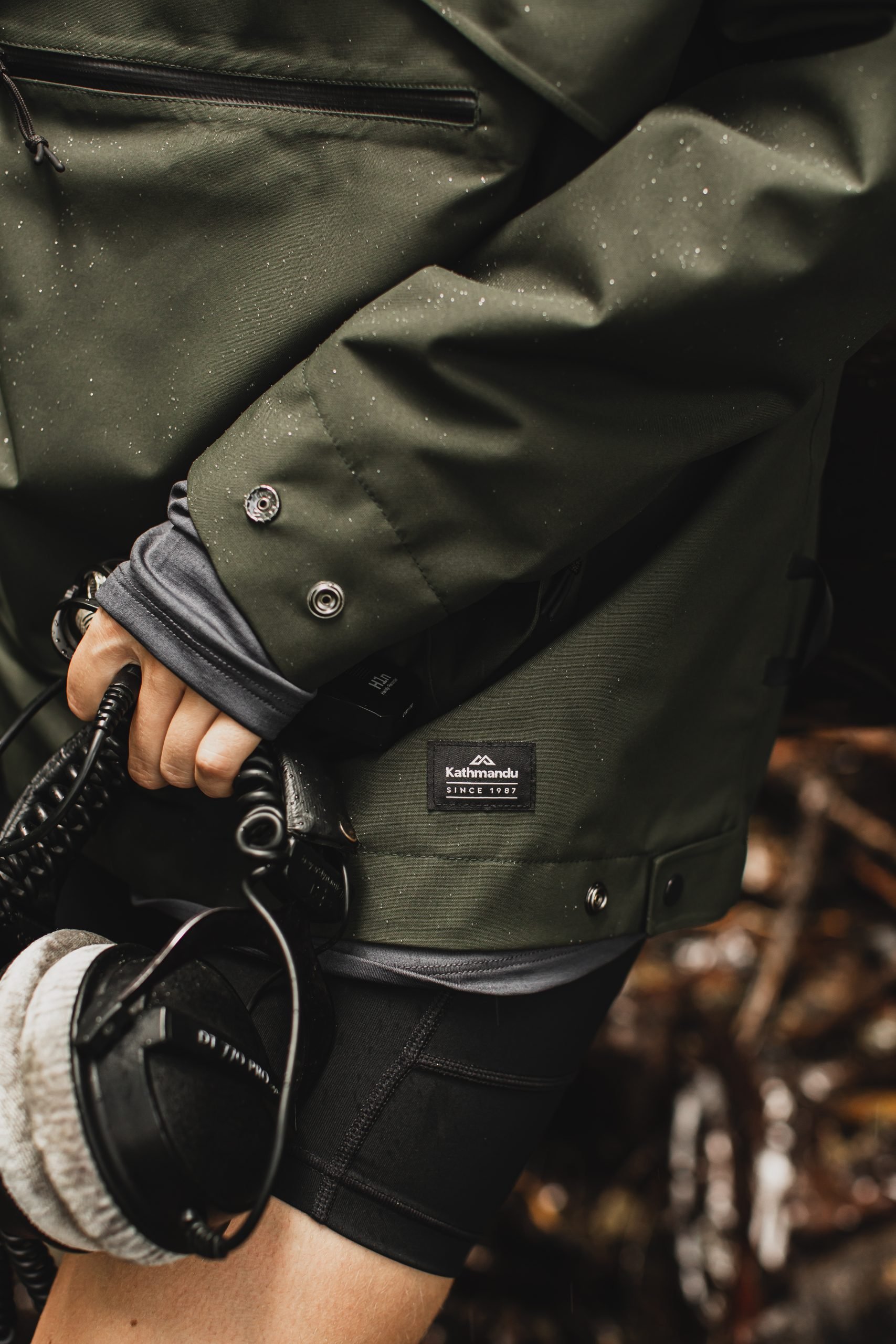
“Day to day life gets you out of that headspace,” he continues. “People are calling you, your phone’s beeping, you’re always waiting for something. For me, it’s about getting into the headspace of not expecting and just listening — nature is a great training ground for that.”

“[Getting out of the city] is essential,” says Carroll. “The space that nature elicits is the same energy shift that happens when you meditate or do conscious relaxation techniques. Personally, I’ve made my best music when I’m in those states: returning from a meditation retreat, or three days solo camping. I feel like music is listening because what I’m doing when I’m creating is channelling something from somewhere else and bringing it into fruition on the physical plane.”
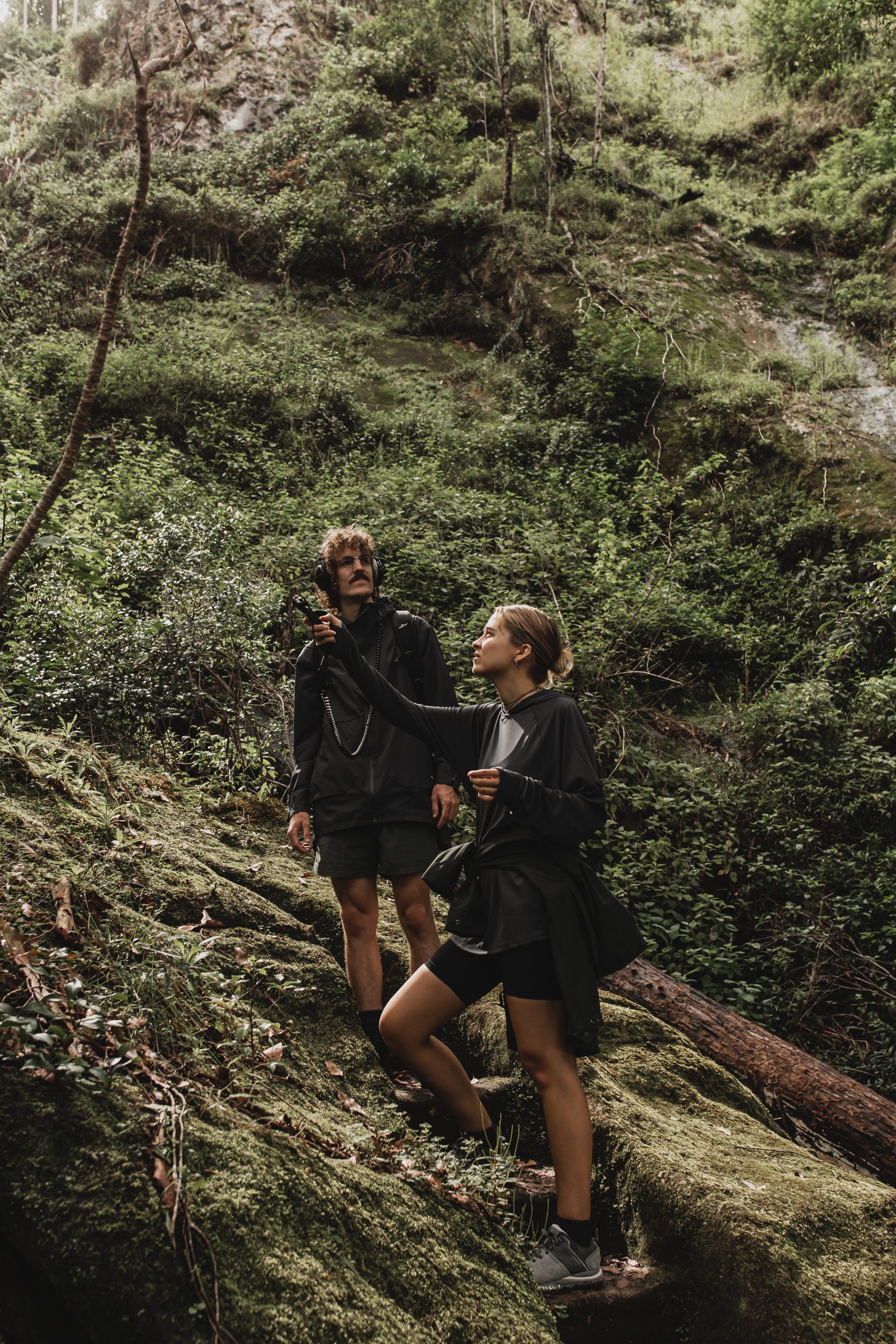
Channelling in this way is something of a speciality for Squidgenini. Her video for Trust is a stunning synthesis of digital and natural elements— creating an abstract landscape that feels at once familiar yet alien. Created with digital artist Tom Carroll, it’s a bold testament to how technology can intersect with natural inspiration to form something incredible.
“The beginning of the Trust video begins with ocean sounds and waves crashing on a shore. Without that, it’s just not as dramatic,” she says. “The one that I found was the perfect small wave crashing, that really makes you feel as though you’re there,” she says.
Ultimately, humans are a part of nature — not separate from it. The process of field recording inches us closer to this understanding. It elevates the simple act of listening into something powerfully transformative.
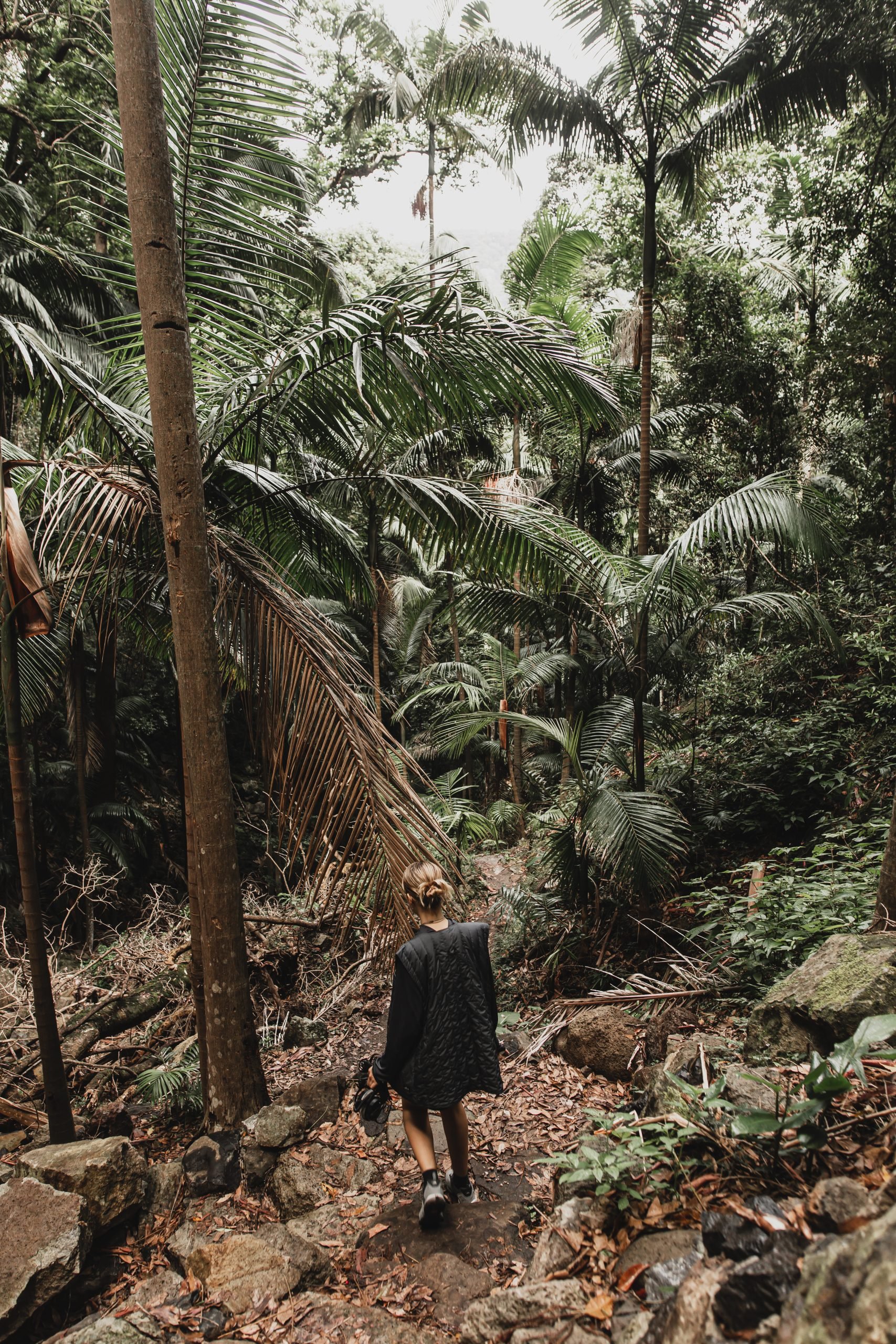
“Things are always happening around us,” says Degnan. “It’s up to ourselves to tune in to them or not. You can apply that to sounds in nature, or to many different things. The energy of a situation, for example. Nature is a good reminder that there are multiple layers going on at any given moment.”

“Listening to nature naturally calms us,” continues Carroll. “It’s called forest bathing: where you sit and listen to the sounds of the forest. You find that there’s a natural rhythm. In those moments of sitting and listening, you’re guided by the energy of the forest. Of all the places in the world, I think it’s the easiest to ‘drop in’. Some people call meditation sitting and listening. You don’t need any training or fancy tools — just go to the forest and sit there. If you listen, nature will hold you back.”
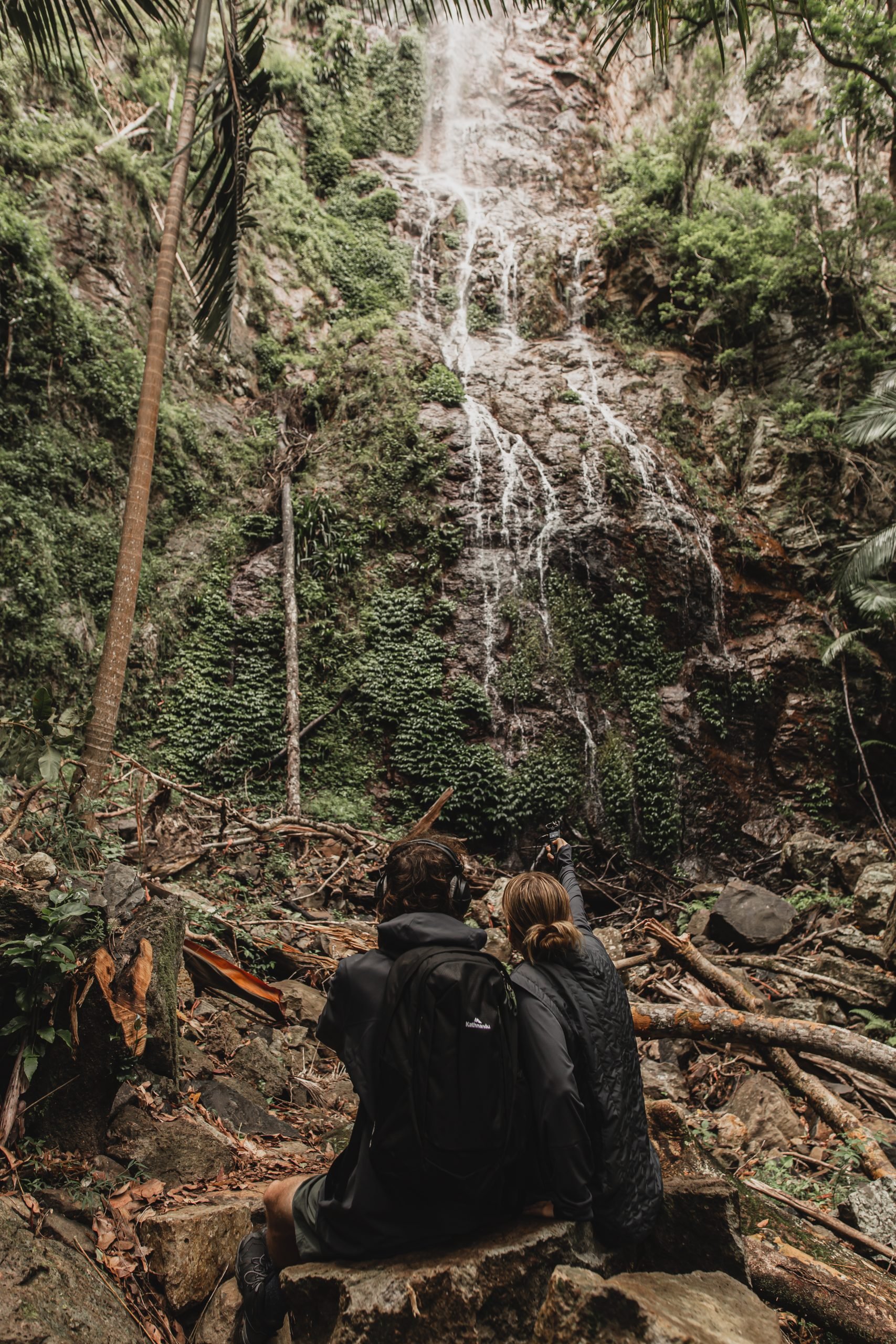
The river plays a symphony. But first, you need to listen.
Photography by Rachael Baskerville.
Squidenini and Zach are both styled in Kathmandu. Shop the latest range now.

































